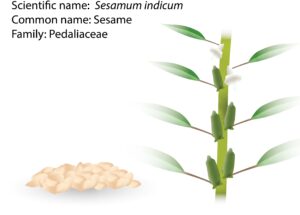
Sesame Unveiled: Unraveling the Secrets of Nature’s Tiny Treasure Trove
This is a genus of about fifteen species of annuals originating from Africa and tropical Asia, with simple or palmately divided leaves and white, pink, red or purple flowers that are tubular and 2-lipped. Sesamum belongs to the family Pedaliceae. The fruits are oblong capsules that naturally split open when dry to release their numerous small seeds. One notable species (Sesamum orientale) is the crop plant sesame, cultivated mainly for its seeds which are used […]
Read More
The sunflower: A gift from the sun
This genus of the daisy family includes one of the most important oilseed plants in the world. It is also used for livestock fodder, as well as the Jerusalem artichoke with edible tubers, and many ornamentals. Consisting of around 70 species of annuals and perennials, all native to the Americas, they have large daisy-like, usually golden-yellow flowerheads, which are on prolonged display from summer to autumn. The plants have hairy, often sticky leaves and tall, […]
Read More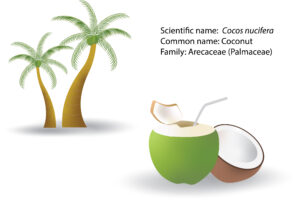
Tropical Elixir: The Coconut Chronicle
Currently acknowledged as the sole species in its genus among tropical feather palms, the coconut (Cocos nucifera) once encompassed numerous other palm varieties. It embodies the essence of the tropical palm tree, symbolizing tropical coastlines and boasting numerous commercial and local applications. It is noteworthy that over 93 countries worldwide cultivate coconut trees. Indonesia leads as the top coconut producer globally, yielding 17.1 megatons, followed by the Philippines (14.8 megatons) and India (14.7 megatons). The […]
Read More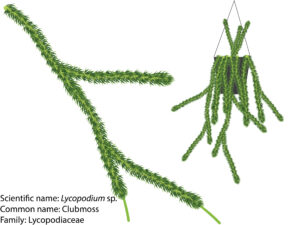
Clubmoss Diversity: A Closer Look at the Fascinating Varieties of Lycopodium
Clubmoss, belonging to the family Lycopodiaceae, is widespread in moist regions around the world. With over one hundred species in this genus, these plants are ancient and have ancestors that dominated the world’s vegetation approximately 250 million years ago, along with the ancestors of horsetails (Equisetum). They are considered more primitive than ferns but more advanced than mosses. Clubmosses vary in size, ranging from tiny thread-stemmed plants found in boggy areas below heath, to large […]
Read More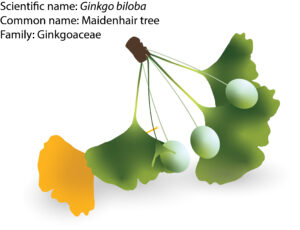
Ginkgo biloba: From Living Fossil to Modern Wonder
The Ginkgoales, which are deciduous seed-bearing plants more primitive than the conifers and even more ancient, first appeared in the Permian Period (about 300 million years ago) and thrived throughout the Jurassic and Cretaceous periods. Approximately 100 million years ago, they began to decline, leaving the maidenhair tree as the sole survivor in the family Ginkgoaceae, and only in China. Therefore, it is known as a living fossil, as the rest of the species in […]
Read More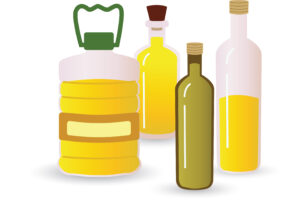
Exploring the Versatility and Applications of Plant Oils: From Nutritional Benefits to Industrial Uses
Oils and fats are essential sources of energy in the human diet and significantly contribute to the sensory characteristics of food. Overweight (body mass index, BMI ≥ 25) and obesity (BMI ≥ 30) are classified as abnormal or excessive fat accumulation in the body, which can negatively impact health. These conditions may arise from a variety of factors, including individual predisposition, socioeconomic status, and environmental influences. Common causes include dietary habits, genetics, medication use, physical […]
Read More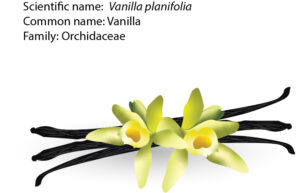
Vanilla: The Little Plant That Packs a Big Flavor Punch
General description Vanilla is one of the most famous tropical spices in the world and is ranked third after saffron and cardamom as flavorings. Scientifically known as Vanilla planifolia Andrews (commonly known as Bourbon vanilla), it is a native orchid of Southeast Mesoamerica, Mexico. This species is known for producing the highest quality and delicate popular flavor, vanilla. Vanilla tahitensis J. W. Moore and Vanilla pompona Schiede are two other economically important species of Vanilla. […]
Read More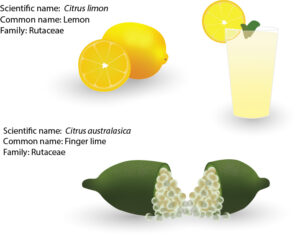
Vitamin Sea: Lemon and other species.
Citrus limon The lemon tree thrives best in warm Mediterranean climates with mild winters, reaching a height of about 20 feet. However, it is prone to collar rot and must be planted with the graft union well above the soil and kept away from mulch. The C. limon ‘Eureka’ cultivar is likely the most widely grown, producing fruit and flowers year-round. It is an attractive, almost thornless tree and the best variety for temperate locations […]
Read More